9 Video Game Consoles That Flopped Miserably – Gaming’s Biggest Failures
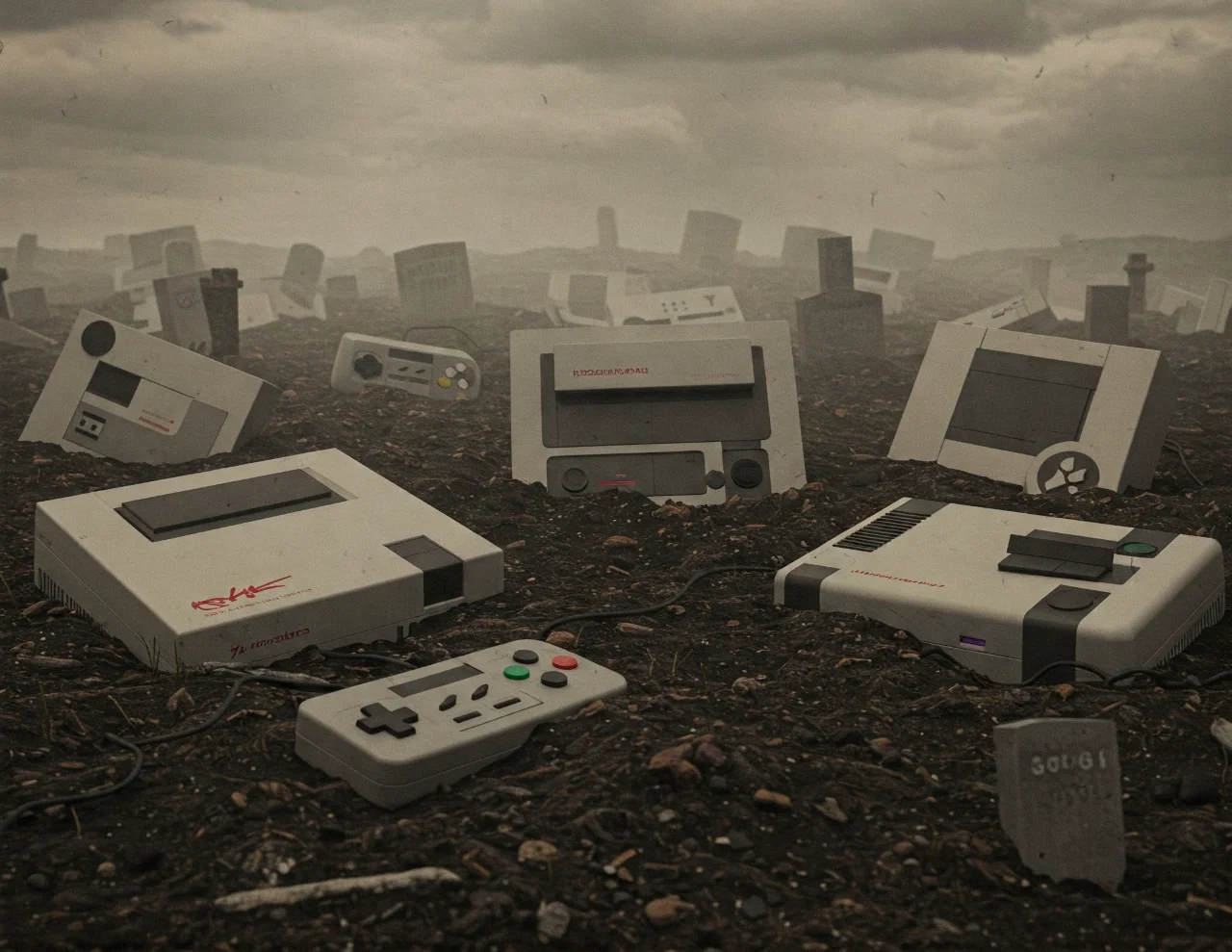
Gaming’s Biggest Flops: A Look at the Worst Consoles Ever
The video game industry has seen some legendary successes, but not every console gets to be a PlayStation or a Nintendo Switch. Some systems were doomed from the start, plagued by poor marketing, high prices, or just bad design choices. In this list, we’ll dive into nine video game consoles that flopped miserably, leaving behind a legacy of disappointment. Whether they were ahead of their time or simply misguided, these consoles are prime examples of what *not* to do in the gaming industry.
1. Virtual Boy (1995) – Nintendo’s 3D Disaster
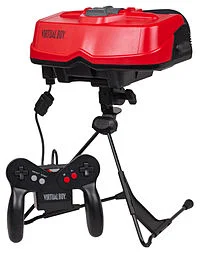
Nintendo’s Virtual Boy was supposed to be the future of gaming, offering a unique 3D experience. Instead, it became one of the company’s biggest failures. With a monochrome red-and-black display that caused eye strain, an awkward design, and a lack of quality games, the Virtual Boy lasted less than a year before being discontinued. Even Nintendo couldn't save this ambitious yet misguided experiment.
2. Atari Jaguar (1993) – The 64-bit That Wasn’t

Atari promised that the Jaguar was a ‘64-bit’ powerhouse, but the truth was far less impressive. The console’s confusing architecture made game development a nightmare, leading to a weak library. Combine that with poor marketing and stiff competition from the PlayStation and Sega Saturn, and the Jaguar quickly became extinct, marking Atari’s exit from the console business.
3. Gizmondo (2005) – Gaming Meets Corporate Scandal
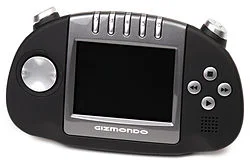
The Gizmondo wasn’t just a failed console—it was at the center of one of gaming’s biggest scandals. Launched by a company linked to fraud, this handheld console had poor hardware, barely any games, and an absurd business model. It sold fewer than 25,000 units before the company collapsed, leaving behind a bizarre chapter in gaming history.
4. Philips CD-i (1991) – A Zelda Disaster

The Philips CD-i was an ambitious attempt at multimedia gaming, but it’s best remembered for its laughably bad Zelda and Mario games. With clunky controls, expensive hardware, and little third-party support, the CD-i was doomed from the start. Even Nintendo’s involvement couldn’t save this disastrous console from failure.
5. 3DO (1993) – Too Expensive for Its Own Good
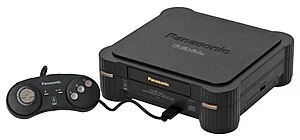
The 3DO was a technologically advanced console for its time, but its $699 price tag in 1993 ($1,500+ today) made it an instant failure. While it had a few good games, its steep cost and competition from cheaper, more established consoles like the PlayStation ensured its rapid downfall.
6. Ouya (2013) – Kickstarter Hype Gone Wrong
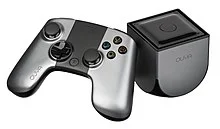
Ouya started with a promising idea: an affordable, open-source Android-based gaming console. However, it launched with underwhelming hardware, a weak game library, and a lack of developer support. Despite its crowdfunding success, the Ouya failed to make a lasting impact, proving that hype alone isn’t enough to sustain a gaming platform.
7. Nokia N-Gage (2003) – A Phone or a Console?

The Nokia N-Gage tried to combine mobile gaming with a phone, but instead, it failed at both. Its awkward ‘taco’ design made calling uncomfortable, and its side-loading game cartridges were frustrating. With poor marketing and better alternatives like the Game Boy Advance, the N-Gage was quickly abandoned.
8. Sega 32X (1994) – The Add-On Nobody Wanted

The Sega 32X was meant to extend the life of the Sega Genesis, but it instead confused customers. It required its own cartridges and cables, had limited games, and was quickly overshadowed by the Sega Saturn. Sega’s lack of clear direction led to one of its biggest missteps in console history.
9. Apple Pippin (1996) – A Failed Attempt at Gaming

Apple’s Pippin was an overpriced, underpowered gaming console that barely anyone bought. With a $599 price tag, weak specs, and almost no third-party developer support, the Pippin was a disaster. Apple quickly abandoned gaming hardware after this failure, but today, it's a rare collector’s item.
Comments
Loading comments...